As the old saying goes, you only get one chance to make a first impression—which is why the façade of your building should always look clean and in top shape, for both aesthetic and commercial reasons. Important as appearances are, however, a neglected façade can ultimately cost a building or association more than just poor presentation. Façades serve two very specific purposes: they’re the face your building puts out there to the world, and they serve as a literal ‘envelope,’ sealing off the interior structure from the elements.
Keeping it Clean
The most critical factor in façade maintenance may well be regular cleaning and upkeep. Whether your exterior is brick, stone, wood, or vinyl, establishing a program to keep your façade in top form is critical to averting much larger long-term repair projects.
“There are three main methods used in the building envelope industry for cleaning façades,” says Marcello Tronci, an associate with CTL, an architectural and engineering firm with offices in New York and Chicago, “water treatments, chemical treatments, and abrasive treatments. Their application varies in many aspects depending on what type of material the building envelope is made of.”
Tronci explains that “the most common water-based cleaning method by far is pressure washing, in which a low- to medium-pressure spray (100 to 400 psi) is applied to the surface of the building. Chemical cleaners,” he continues, “may be sprayed or brushed on a wet surface and then rinsed off with water after completion. Before water is applied, these chemical components need to sit on the surface for a certain period of time, depending on their composition and the material or dirt being removed. In general, we don’t recommend abrasive treatments like grinding, sanding, and blasting. The risk associated with removal of the base material particles along with dirt and paint is substantial, and therefore considered potentially damaging to the façade.”
Reggie Thomas, director of community management for Evergreen Management Group located in Manchester, New Hampshire, notes that “it’s always best to use cleaning products and methods that are surface-specific for different buildings. For softer stone types, you want to use a low-pressure, green-friendly product that will lift the dirt and staining out of the surface, then pressure washers as a rinsing tool. Brick and stone buildings are very porous, so the right product helps open up those pores. When we have a question, we consult with our vendors and manufacturing reps regarding the best method to use for specific surface types. Vendors provide test samples prior to applying their product, to ensure there are no bad outcomes. There’s no one-size-fits-all when cleaning buildings; brick, granite, and concrete can handle more pressure, but product knowledge is always key to maximizing results.”
Dan LeBlanc, a regional manager with FirstService Residential in Quincy, Massachusetts, points out that when chemical cleaning is called for, using a qualified expert is critically important. “It’s tough,” he says. “You can’t just send a maintenance guy to take off graffiti and mildew. You’re using chemicals—and if you don’t use the right ones, you can discolor the brick or stone. Normally, we handle this on a case-by-case basis. If the damage is from graffiti, we bring in an expert to remove it properly. In historical preservation areas like Back Bay in Boston, we have to be particularly careful due to the requirements under historical preservation provisions.”
The Source of the Problem
The type of grime and dirt that accumulates on a façade varies depending on regional geography. In coastal areas, explains Tronci, exposure to air with chloride concentration due to the nearby ocean can cause significant damage to any façade over time. The type of damage caused by these chlorides may be initially aesthetic—efflorescence, corrosion, and crumbling of the material—which in time leads to deterioration of the façade structure and supporting elements, if maintenance and cleaning isn’t conducted on a regular basis. In the Midwest, freeze-and-thaw cycles can be especially damaging to façades, leading to frost heaving, cracking, and other issues. In tropical regions like Florida, strong sun can cause fading and the eventual breakdown of certain materials. In addition to these regional issues, universal pollutants like car exhaust and general city grime cause discoloration, staining, and other wear and tear on a façade over time.
In urban environments, explains Thomas, “Buildings get hit hard with construction debris, black algae, and general air pollutants. Suburban buildings see green algae from trees—especially on the shady sides of buildings, where it will typically advance more quickly. Ocean salt won’t typically reveal itself as much on the façade as it does on glass, but it’s still something to consider. There are some exterior finish products—inferior types of cement board, for example—that are more susceptible to salt exposure and can lead to peeling paint or advanced deterioration of that underlying material.”
In suburban settings, LeBlanc points out that planting shrubbery too close to a building will block out sunlight, making it the perfect environment for mold and mildew to flourish. The same problem can crop up with tree branches. “You need space between the buildings and landscaped areas,” he says. “Another issue is downspouts from the gutters. If they’re loose and water doesn’t drain properly, you get spotting on brick. Brick is like a sponge; the water leakage will affect the grout and mortar as well.”
What to Use & When to Use It
The best route to maintaining your façade is regularly scheduled care and cleaning. Obviously, you can’t schedule this work during the depths of winter, so some advance planning is in order. Here’s what the experts suggest:
According to Sheila Malchiodi, Field Service Director for Associa Chicagoland, “The two most common types of cleaning are pressure washing and softwashing. There’s also a third method that utilizes a stronger chemical base for specific applications.” The method used depends on the nature of the grime, and the building material it’s on. “For vertical surfaces, such as siding, EIFS, brick and stone,” says Malchiodi, “the softwashing method will usually provide the best results with the least amount of damage potential. Softwashing utilizes a chemical-based cleaning process with very little pressure—approximately two to three times the pressure of a hose on a residential bib. The surface is cleaned by the chemicals and not the pressure used.”
By contrast, Malchiodi continues, “pressure washing is best used on harder, horizontal surfaces such as concrete. There is an art to correctly performing powerwashing that does not damage the substrate, so be sure to consult with a professional who has a history of conducting successful powerwashing projects. Softwashing will also work for these surfaces, but the use of pressure may provide better results. And if there is algae present, a combination of chemical-based cleaning with pressure to clean the surface would be the best cleaning method.”
Tronci notes that another relatively new method is laser cleaning. “Laser cleaning is a non-contact method of cleaning building façades,” he says. “It uses a high-powered laser to remove dirt, grime, and other materials from the surface. The laser is directed onto the surface and its beam breaks the bonds between the dirt and the surface, allowing the dirt to be removed easily. The laser can be used to clean stone, brick, wood, and metal. This can be a more expensive treatment compared to the others, but given the fact that it is a very low labor-intensive treatment, it can be more cost-effective, especially for decorative stones typical of historical and landmark buildings.
“It’s important for buildings to be cleaned regularly,” says Malchiodi. “Not only does this prevent algae growth, but it prevents the accumulation of spider webs and dirt. In order for a full façade softwash cleaning to be effective, the outside temperature must be above 40 degrees. This is because bleach, the primary cleaning ingredient, loses its potency at lower temperatures.”
And, says Malchiodi, “Cleaning time also varies depending on the material being cleaned and the amount of contaminant. For example, vinyl siding is much easier to clean than EIFS, so the cleaning time will be much quicker. A softwash cleaner can clean as much as 30,000 sf of vinyl siding in a day. In contrast, a pressure washer might only be able to clean 10,000–15,000 sf in a day.”
According to the pros, residents don’t usually experience much disturbance or disruption of their day-to-day lives during a facade cleaning. “To complete the project, the vendor just needs all windows closed and a clear area around the building,” says Malchiodi. “The removal of small plants and personal items around the building is also usually required, and the vendor should ensure that no one walks in the path of the cleaning process.” Aside from that, the process is relatively low-impact.
Thomas says to keep in mind that “every building is different, even if it’s constructed of the same material” as the others in a community, “so again, leaning on vendor partnerships is important to get this right. Conduct a full review with your cleaning vendor partner to determine a suitable method. Providing samples and taking the full scope of the project into consideration helps with the final decision regarding which method of cleaning is the most appropriate and effective.”
A façade that is clean and well maintained not only contributes to curb appeal, which can help increase resale values, but also is more likely to last longer and require less maintenance in the future, which can save money in the long run.
A.J. Sidransky is a staff writer/reporter for CooperatorNews, and a published novelist. He may be reached at alan@yrinc.com.



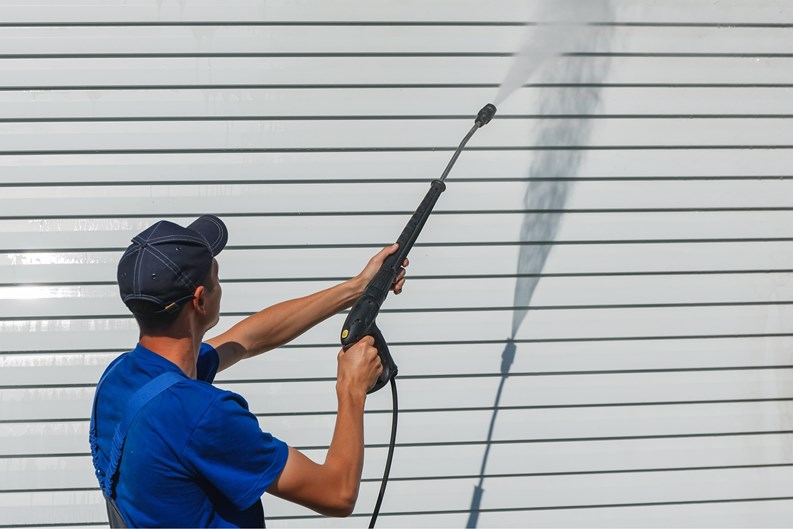
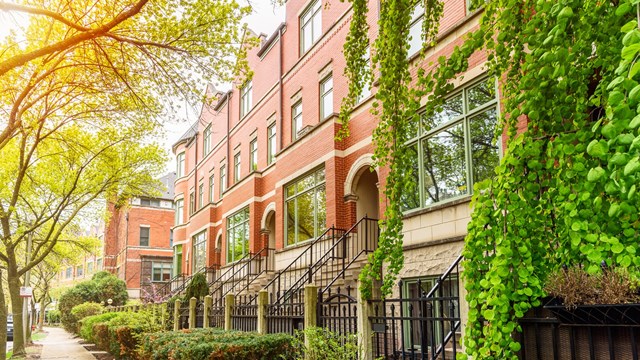


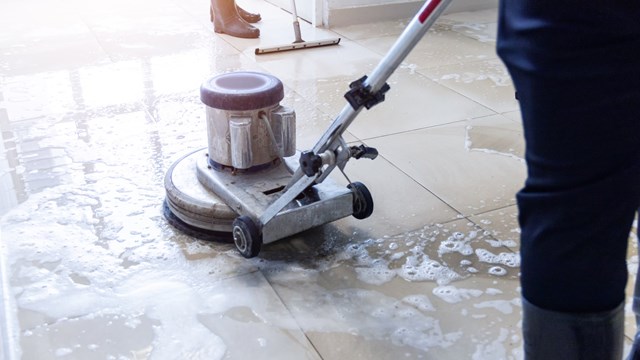
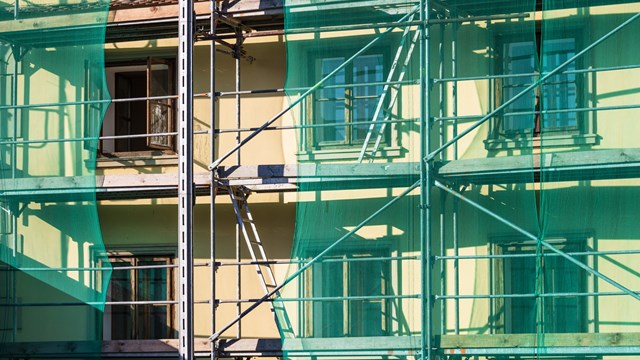
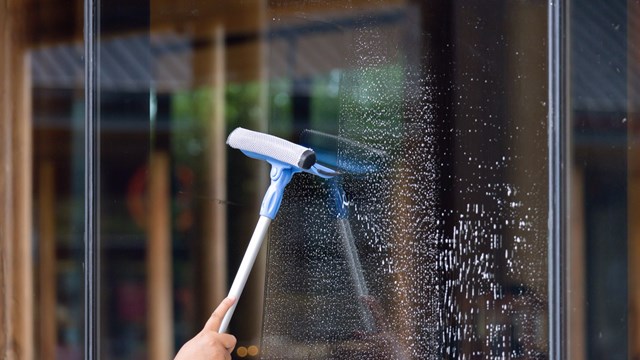
Leave a Comment